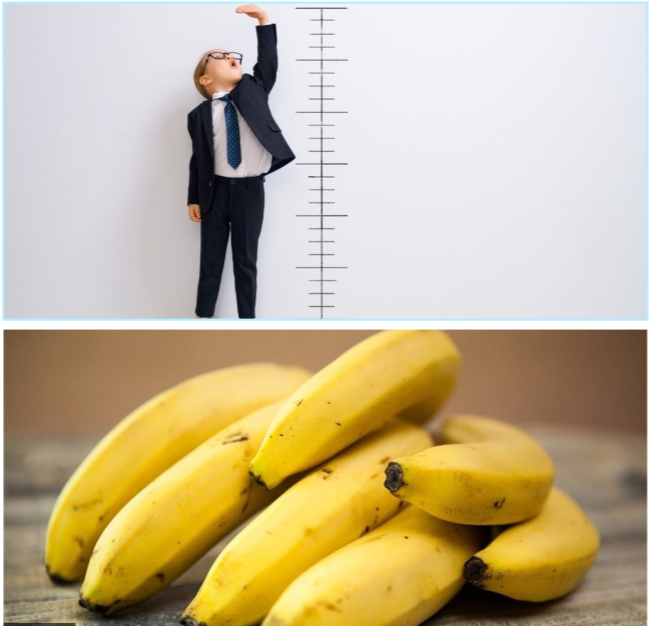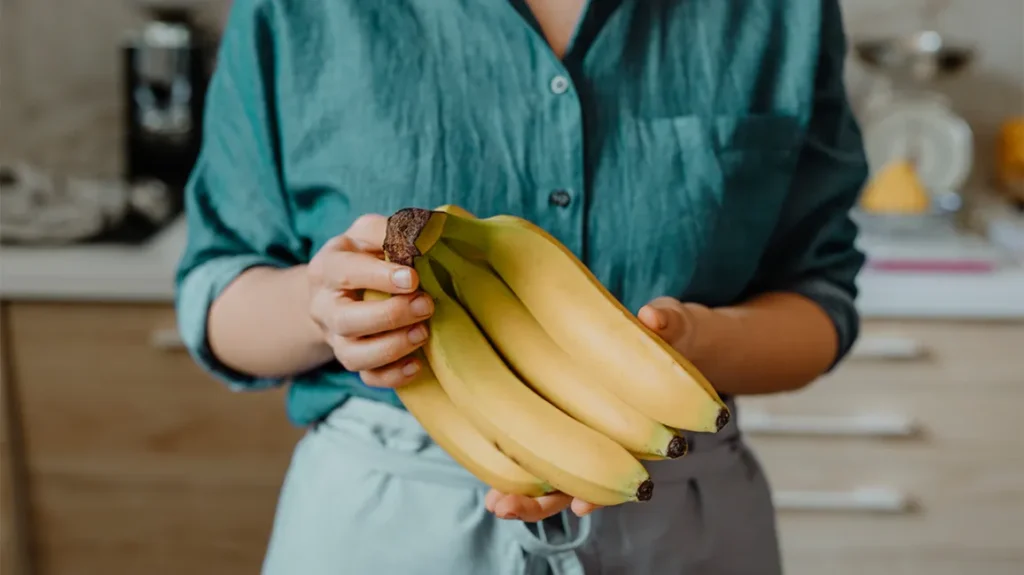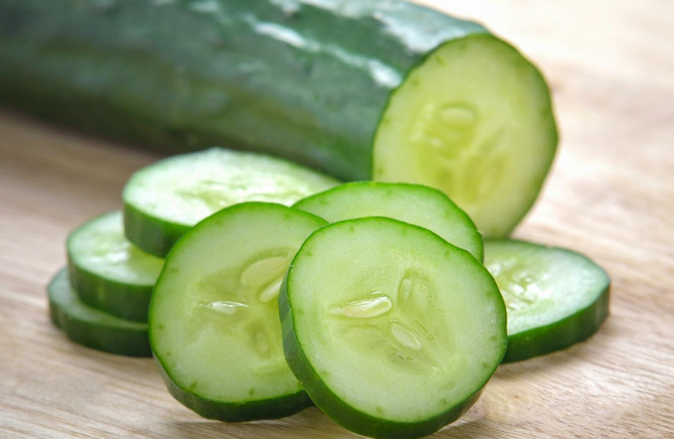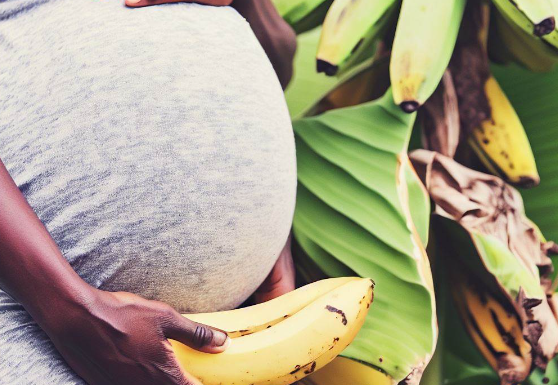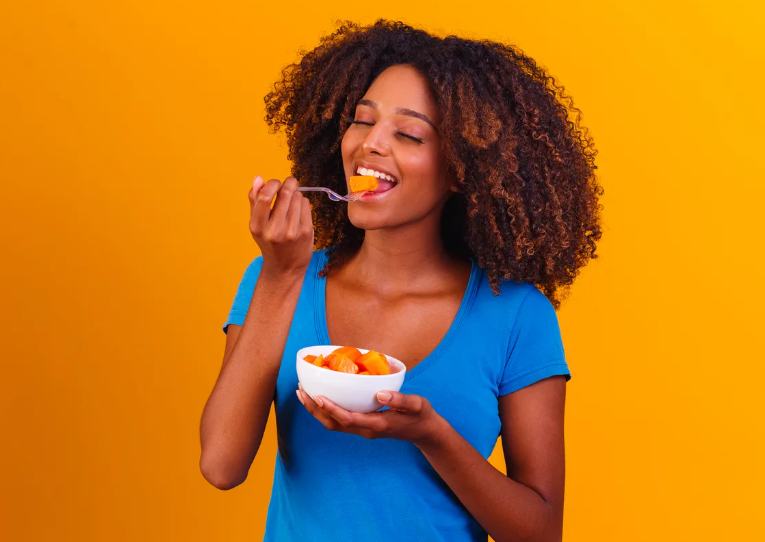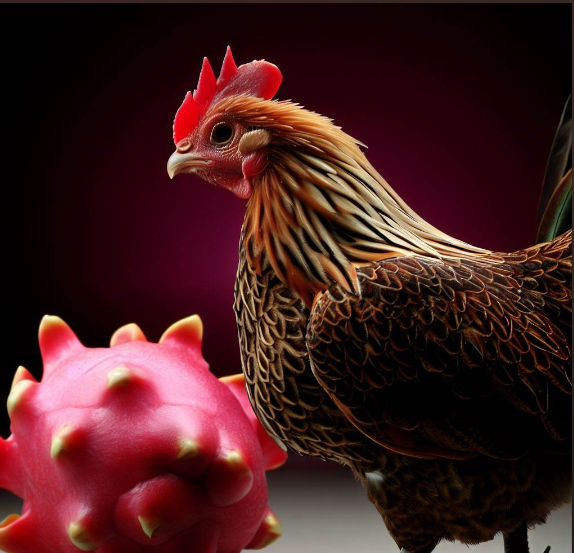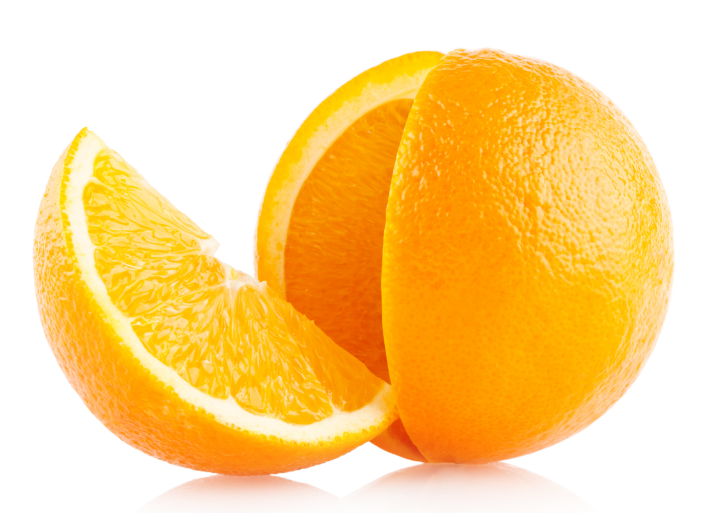Bananas are loved all over the world for their sweet flavor, soft feel, and the many ways we can eat them. But people with diabetes might worry about if bananas are safe for them. Bananas have natural sugars, so many diabetics think they should stay away from them. Yet, the relationship between bananas and diabetes isn’t just a simple yes or no. Keep reading to understand the health benefits of bananas, what nutrients they have, how to include them in your diet safely, and how they can affect blood sugar levels.
Table of Contents
- How Bananas Fit into a Diabetic Diet
- Nutritional Information for Bananas
- The Effect of Bananas on Blood Sugar
- Why Bananas May Be Good for Diabetics
- 1. They Provide Long-Lasting Energy
- 2. They Can Help Keep Your Blood Sugar Balanced
- 3. They May Reduce the Risk of Type 2 Diabetes
- 4. They’re Good for Your Heart
- 5. They’re Digested Easily
- How to Enjoy Bananas When You Have Diabetes
- Times When You Should Eat Less Bananas or Not at All
- Creative Ways to Enjoy Bananas
- 1. Smoothies for Breakfast
- 2. Oats for the Next Day
- 3. Cooking in the Oven
- 4. A Different Kind of Ice Cream
- 5. Fruit for Dipping
- 6. A Topping for Cereal & Yogurt
- 7. Roasting on the Grill
- Final Thoughts
How Bananas Fit into a Diabetic Diet
If you want to know how bananas can be part of a diabetic diet, we need to look at the whole picture.
You can eat bananas if you have diabetes, but you need to balance them with other foods. Keeping an eye on how much you eat and combining bananas with foods that reduce their effect on blood sugar is important.
Bananas have important stuff like vitamin B6, manganese, vitamin C, potassium, fiber, and more. Fiber and complex carbs in them mean they digest slowly, so they don’t make blood sugar shoot up quickly like some sugary snacks do.
Many people with diabetes can enjoy bananas in the right amounts. Bananas can be part of a healthy diet with fruits, veggies, lean protein, fiber-rich grains, and good fats. Talk to your healthcare professional to figure out how bananas can be a part of your diet without causing problems.
Nutritional Information for Bananas
A medium-sized banana has:
- 105 calories
- 1.3 grams of protein
- 26.9 grams of carbs
- 3 grams of fiber
- 14 grams of sugar
- 12% of the Daily Value (DV) for manganese
- 12% DV for vitamin C
- 11% DV for vitamin B6
- 8% DV for potassium
Since bananas are high in carbs, which come from sugar and starch, the amount of carbs, fiber, and sugar matters for how they affect your blood sugar. But we also have to think about the type of carbs, how quickly they make your blood sugar rise, and what other nutrients they have.
The Effect of Bananas on Blood Sugar
Bananas, eaten with care, can be part of a balanced diabetes diet. Their glycemic index, a measure of how fast food raises blood sugar, is low to medium, so they don’t raise blood sugar too quickly. The fiber and nutrients they have are good for you, too. This means bananas can be included in a diet that manages diabetes well.
The glycemic index tells us how quickly foods make our blood sugar go up. Foods with a lower glycemic index are digested and get into your blood slower, so they lead to a smaller rise in blood sugar levels.
Bananas have a glycemic index between 42-62, changing as they ripen. The riper they are, the higher the glycemic index because starches turn into sugar. Green, less ripe bananas have a lower glycemic index.
People with diabetes should usually choose foods with a lower glycemic index like bananas instead of high glycemic foods like processed carbs and sweets. But still, you have to watch how much you eat. Even though bananas don’t make your blood sugar jump too high, eating too many at once could still cause a spike. Remember, less is more.
Why Bananas May Be Good for Diabetics
Apart from their carb, fiber, and nutrient content, bananas have other pluses that make them a good fruit choice for diabetics:
1. They Provide Long-Lasting Energy
The complex carbs and fiber in bananas give you a stable supply of energy, which helps you avoid sudden energy drops that can lead to unhealthy cravings.
2. They Can Help Keep Your Blood Sugar Balanced
Bananas can help you control your blood sugar levels because the fiber in them slows down digestion, which prevents quick spikes in glucose.
3. They May Reduce the Risk of Type 2 Diabetes
Eating fruits like bananas can actually help lower your chances of getting type 2 diabetes.
4. They’re Good for Your Heart
Bananas have potassium, magnesium, and fiber which can help your heart stay healthy. These are especially important because diabetes can make you more likely to have heart problems like high blood pressure.
5. They’re Digested Easily
The fiber in bananas can help you go to the bathroom regularly and can make your digestion work better. This is great for diabetics who might have slow digestion.
To sum up, bananas have a lot to offer for managing your diabetes if you eat them in a smart way. They can be a good, healthy part of your meals.
How to Enjoy Bananas When You Have Diabetes
If you’re living with diabetes, here are some tips to help you include bananas in your meals:
- Choose ripe yellow bananas over green ones, as they have a lower glycemic index. Under-ripe bananas can be tough to digest.
- Stick to small portions, like one 6-7 inch banana at a time, and try to avoid larger ones.
- Eat bananas with a source of protein, such as yogurt, peanut butter, or nuts, which can help balance their effect on your blood sugar.
- Stay away from sweet toppings like chocolate syrup, honey, or jams that can increase blood sugar levels.
- Have bananas as part of a balanced meal rather than by themselves as a snack. What else you eat with them matters.
- Check your blood sugar before and two hours after eating bananas to see how they affect you. You might need to adjust how much banana you eat based on this.
- Choose firmer bananas if you’re going to bake them or freeze them for later. Soft, very ripe bananas are best for mashing in recipes, but not so much for eating raw.
Times When You Should Eat Less Bananas or Not at All
Bananas are usually fine for people with diabetes, but there are times when you might want to avoid them:
- If your blood sugar often spikes after eating bananas, stop having them for a while. Later, try a small amount to see if your body can handle it better.
- On a very low carb diet like keto, bananas have too much starch and sugar, even in tiny portions. It’s best to choose fruits with a low glycemic index instead. theirli>
- Before doing things that need stable blood sugar levels, like sports, stay away from bananas. Choose foods with a lower glycemic index.
- If you can’t eat gluten or you’re allergic to bananas, you should avoid them because they may have small amounts of gluten.
Talk to your healthcare provider to figure out if you should cut back on bananas or not eat them at all. This will depend on your individual situation with diabetes and your treatment plan.
Creative Ways to Enjoy Bananas
Bananas can be used in lots of different ways, including in smoothies, banana bread, and much more:
1. Smoothies for Breakfast
Putting a banana in your morning smoothie makes it sweet and fills you up. To make it even healthier, add some Greek yogurt or plant-based milk for protein.
2. Oats for the Next Day
Smash up a ripe banana and mix it into your oats for the next day. This makes them creamy and sweet without extra sugar.
3. Cooking in the Oven
Bananas can make baked foods like muffins, bread, pancakes, and cakes come together well and taste great. You can use them instead of some of the flour and sugar to make these treats healthier.
4. A Different Kind of Ice Cream
Make your own “nice cream” by blending up frozen bananas. It’s creamy and delicious. Add some chopped nuts or cocoa powder for extra yumminess.
5. Fruit for Dipping

Like to dip your snacks? Try banana slices with different nut butters. Or for a special treat, dip them in melted dark chocolate.
6. A Topping for Cereal & Yogurt
Adding slices of banana to your cereal or yogurt can make a simple meal feel fancier. The extra nutrients and fiber also help balance the carbohydrates.
7. Roasting on the Grill
Grilling banana pieces until they’re warm and slightly browned can make for a delicious snack. A dash of cinnamon on top makes them even better.
Final Thoughts
Most people with diabetes can have bananas as long as they don’t eat too much and include them as part of a balanced diet.
Keep an eye on how much you eat, don’t mix bananas with sugary treats, and talk to your doctor or a dietitian to make sure they fit into your specific meal plan for managing blood sugar. You can adjust the amount you have based on what works for you and your body’s response.

